It is sufficient to take a look at the last two decades in order to observe the huge change our world went through. The way we live (and, consequently, the way in which art is produced and perceived) is altered under the impulse of technology development and implementation. This permanent search and improvement of new methods of artistic expression represents the core mechanism that makes it possible for art to keep up with the times in order to fulfill its ultimate purpose: to attract attention, to move the soul, to impress. “New media art” is a simple sequence of three words that encompasses a world of infinite possibilities and ways of artistic expression, denoting the totality of artistic endeavors based on current technologies, aiming at a close collaboration between “the creative “and “the rational”.
Regarding this contemporary field of art, the relatively new idea of using artificial intelligence as a tool for creating “the artworks of the future” is increasingly attractive. At the same time, however, some results of this kind may raise multiple questions, both on the status of the art and on the potential power of AI. This haze of uncertainty is generally caused by some results of a certain type of use of algorithms called GANs (generative adversarial networks). Such networks usually have two modes of operation: they can generate images at random or receive inputs based on which they learn to judge the features of other images, determining which of them correspond most to the main input. By resuming this cycle, the algorithm learns to produce images similar to those received as a model. The way we question the artistic status of this type of results is similar to the type of questioning that appeared in the case of conceptual art or ready-made art, and it is primarily based on the premise of the absence of human intervention. Of course, human intervention is never fully absent in either case, and what should be debated in this circumstance is not the absence of involvement, but the absence of intention. The algorithm does not intend to produce art all by itself. It performs some simple tasks, in a more or less successful way, and, in the case of AI, the programmer has minimal control over the aspect of the final product. The more you think about it this way, this fact coupled with some dose digital skepticism can generate very unpleasant conclusions regarding the quality of artworks made with the employment of AI.
Having heard of many examples of projects where artificial intelligence is responsible for the actual production or reproduction of images, it is important to look at new approaches. In this regard, an interesting and relevant example can be found among the bachelors projects carried out within the National University of Arts in Bucharest. A freshly graduated student of the Painting section, Cristina Lazăr, elaborates a new concept within her own project coordinated by Petru Lucaci. Her Smile Project proposes the use of deep convolutional neural networks in an innovative way, thus creating an “intelligent picture”. The basis of the intelligence of her paintings resides in the ability to detect the movement and to formulate real-time responses by flashes of light and color. The whole ensemble comprises five panels placed in a semicircle. All five panels feature fiber optic paths connected to a WIFI modem and each of them contain colored LED sources. The middle area of the central painting houses a tiny telephone camera that captures the movements and the expressions of the viewer. According to this input, the algorithm is able to create real-time responses by turning on the LEDs at a rate similar to the movements performed by the person placed in front of the camera. Thus, an almost performing act takes place as the viewer encounters and connects with the paintings. She is the one who interacts with them, generating direct answers that are similar to echoes of her own smiles and gestures. The paintings themselves are made in classical techniques, especially action painting and dripping. By this, yet another semantic layer is added to the installation, giving it more life and more meaning. The raw images themselves transform into some kind of post-performing artifacts by the presence of the colors and textures which translate as a cluster of traces left by the human body through dance and movement.
What is truly fascinating in this encounter with “intelligent painting” is the personal connection that is formed immediately. In the mechanically produced instant answers, you have the opportunity to interact with both a whole new object and yourself. The reconstructive and imitative property of the algorithm is the one that ensures your mirroring. You are the one that looks from the outside in the work itself and you see both yourself and someone else. This antithesis between the “unheard of” and the “always known” causes an inexplicable feeling of astonishment and curiosity. Like a small child, the ensemble learns to respond to the smile through its own smile and to gestures through similar movements, all in its own unique way, limited by data, cables and LED lights.
Therefore, this project presents not only the creative employment of new technology for artistic purposes, but also collaboration between human creativity and artificial intelligence. The relationship between the two is not one of subordination, but one of coordination. The algorithm no longer remains a mere production tool, but becomes an effective part of the art, having the possibility to alter the paintings on the spot. If artificial intelligence is usually used as a sole technological “behind the scenes” agent, then this new perspective of Smile Project brings the human and non-human together, thus managing to strike a balance between organic and mechanical.
POSTED BY
Tea Vindt
Tea is studying art history at the National University of Arts in Bucharest. After graduating from Tudor Vianu National College of Informatics, her path became more and more artistic as she first star...
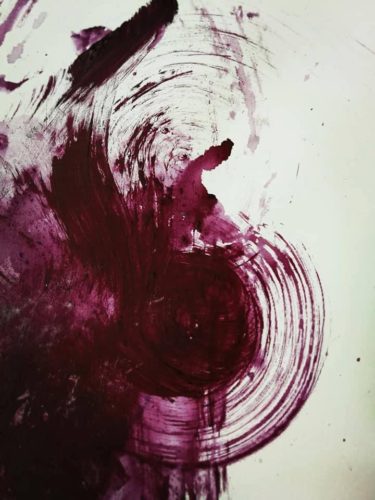
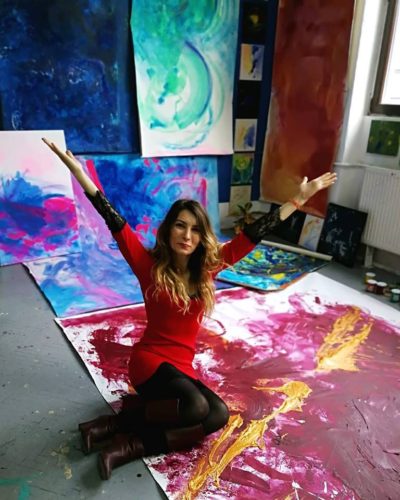
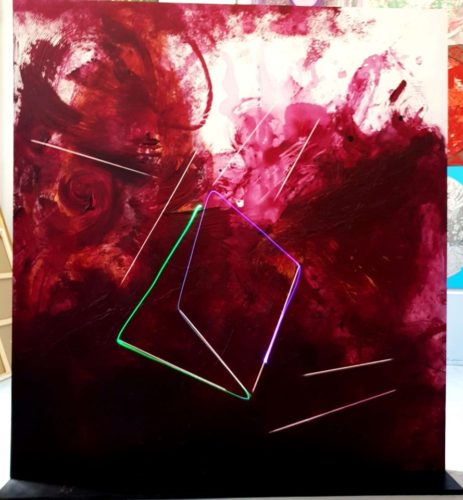
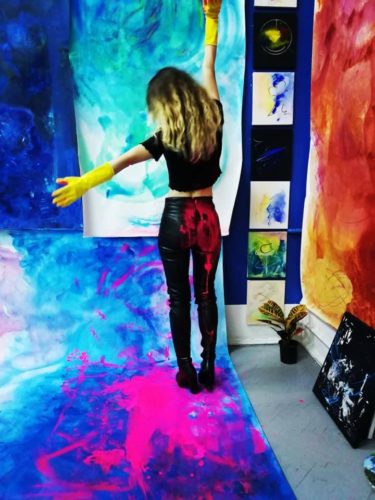
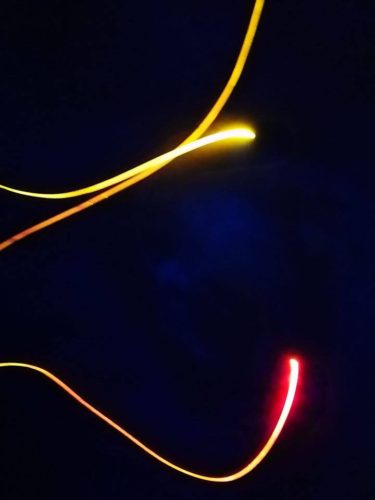
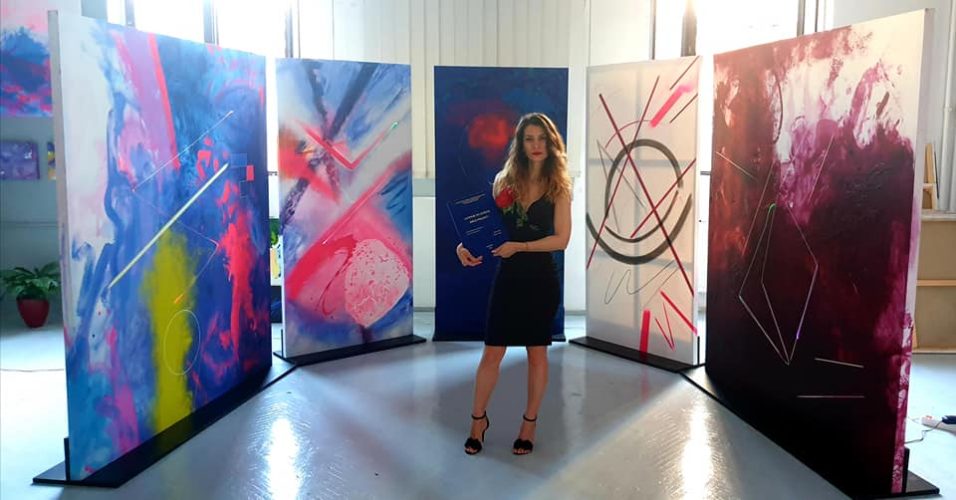
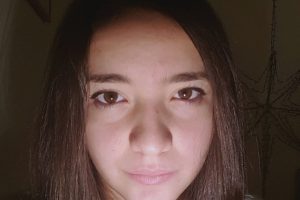
Comments are closed here.